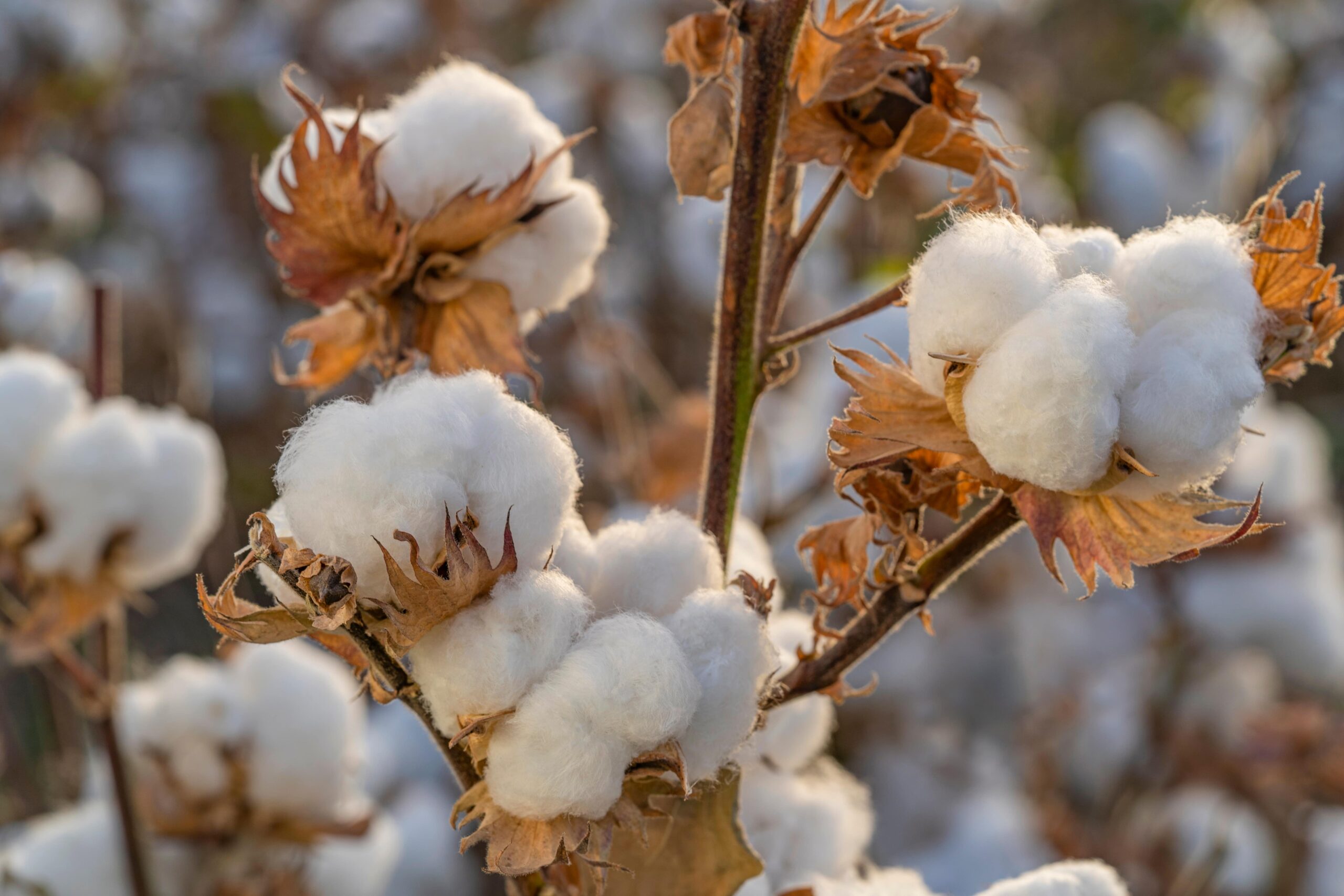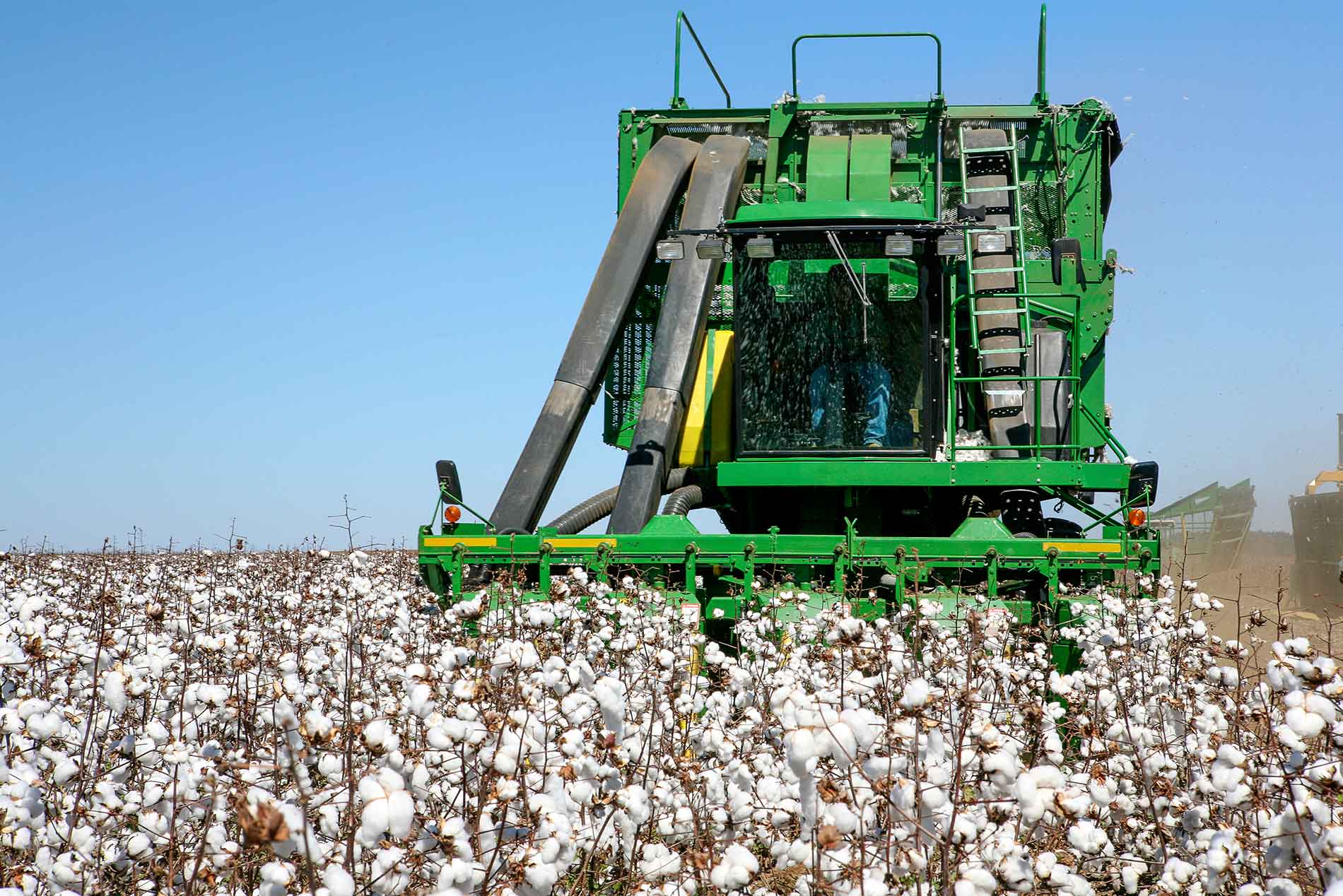It is critical to develop an optimized maintenance schedule for a cotton-picking machine. You must also check all the electrical components, like the tailgate feeder switch and other connections, to ensure they are in working condition. Keeping up with maintenance is a primary goal to achieve the ultimate success of a long-lasting machine. Follow the
READ MOREAuthor: Certi-Pik, USA
Exploring the Latest Innovations in Cotton Picker Gathering Wheels
Technology is becoming more innovative every day, and with it comes the latest and upcoming technology in the cotton-picking industry. For the modern-day cotton picker, we will discuss the newest technologies changing the cotton-picking sector, making the industry more efficient. You will learn about the most recent products already on the market for sale and
READ MOREThe Essential Guide to Cotton Picker Parts: A Comprehensive Overview
Cotton picker parts, like every machine, will lose their prime and begin to wear and tear over the many years of use during the cotton harvesting seasons. One example is the cotton picker spindle, which is constantly in motion. Many components and parts are sold together as kits or separately. After the manufacturer’s parts break,
READ MORETop 10 Must-Have Cotton Picker Parts for Maximum Efficiency
As a cotton farmer, you know the importance of having a well-maintained cotton picker machine to ensure maximum efficiency during the harvest season. Here is a list of the top ten cotton picker parts, including the cotton spindle, which will improve your machine’s performance and increase your overall yield. The regular attachments are meant to
READ MOREWhy are Farmers Suing John Deere?
For many decades, John Deere made it clear to all who purchased their tractors that all the repairs would go through the John Deere repair shops nationwide. Now the Department of Justice has stated to the courts, fighting for the farmers’ rights to choose which shop they wish to use for repairs and even lean
READ MORE




